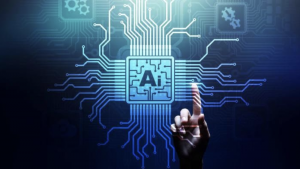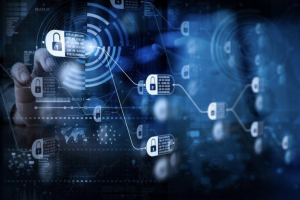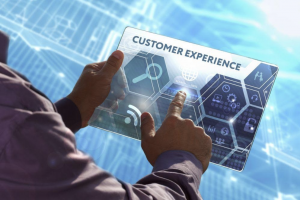New innovations in fintech have enabled businesses and fintech startups to serve customers in novel ways. Banks, financial institutions, fintech startups and businesses have utilized fintech namely Artificial Intelligence (AI) predictive analytics, blockchain, cryptocurrency, mobile payment and social data analytics to provide superior customer experiences (CX).
As customers are businesses’ primary source of profits, market value, and growth, they need to be handled with. Before delivering the wants of the customers, businesses need to identify their deep-rooted desires and needs. In accordance with a Gartner study, 89% of global companies are expected to compete primarily on customer experiences and business leaders are becoming more proactive in finding new ways to enhance the customer journey. The widespread applications of Fintech are redefining the way businesses connect with their customers.
AI predictive analytics enhance customer experiences

Fintech is the driving force behind innovation and impacts every aspect of a company’s operations, including its ability to influence and enhance customer experiences. By 2025, as many as 95% of all customer interactions will be through channels supported by artificial intelligence (AI) technology.
Using customer data for analysis based on Artificial Intelligence and machine learning helps predict customers’ needs and real-time product feedback. Take the algorithms of services like Netflix and Spotify as examples, customers’ actions, such as watching a certain show or skipping certain songs, impact the next recommendations they will receive. Things change quickly based on customer feedback and preferences so businesses can capture what customers want at the exact moment. Also, Artificial Intelligence and machine learning can be deployed to provide intelligent, personal and informed customer experiences at any touchpoint along the customer journey.
Meanwhile, Artificial Intelligence technology helps transform customer service by making it automated and fast. AI-powered conversation agents and chatbots are used in diverse customer engagement scenarios as they are curated to simulate human interactions and offer real-time responses around the clock.
Blockchain technology creates novel business models and reshapes customer experiences

Blockchain technology has fascinating applications to proceed to the formation of contracts and lower transaction costs to reshape customer experiences. Smart contracts are a way for machines to enforce and execute contract terms and make payments without human involvement. A study by Santander has revealed that the Blockchain will slash infrastructure costs for customers to make payments and proceed securities trading as well as regulatory compliance by $15–20 billion a year by 2022.
The application of decentralized public ledger in blockchain technology allows for the emergence of entirely new product offerings and novel business models such as crowd-lending, as well as peer-to-peer (P2P) banking and insurance. Also, fintech start-ups have utilized blockchain technology for faster, safer and more transparent transactions and lower costs for customers in transactions.
Cryptocurrency lowers transaction costs for customers

Cryptocurrency like Bitcoin is a digital or virtual currency designed to work as a medium of exchange in blockchain technology. It uses cryptography to secure and verify transactions and it is limited entries in a database that no one can change.
The transaction costs of cryptocurrencies are low and making payments with cryptos can proceed worldwide. Cryptocurrencies can be stored in a digital wallet that customers can manage from a smartphone or they can store cryptos in digital wallets.
Meanwhile, digital and mobile payment are growing their market shares. It is a sign that consumers are ready to adopt these fintech technologies for daily use. Even though peer-to-peer payment companies initially only targeted younger consumers, it seems that more people have also started to use the technology for daily transactions, thereby removing the middlemen and bringing down transaction costs.
Businesses connect with customers with superior data analytics

The best way for businesses and fintech startups to boost customer experiences is to connect with them emotionally. With data analytics on customers’ preferences and behaviour, businesses are empowered to use these insights to create exceptional customer’s journeys. Marketers can utilize data to understand relevant customer needs that they can touch.
Businesses can also leverage social media data for enhancing deeper customer engagement/ segmentation and driving personalized sales outreach and lead nurturing. Businesses can leverage tactics from monitoring different social channels for posts to sophisticated sentiment analysis tools to analyze what a customer is thinking.
In conclusion, fintech is a game-changer for customer experience in almost all sector. New innovations in fintech have empowered businesses and fintech startups to offer superior customer experiences in novel ways. Businesses are willing to embrace creativity offered by fintech and go beyond the norm to stand out from competitors with richer customer experiences.
In a competitive market place, customer experience and satisfaction are always important to drive business growth. Those businesses which keep abreast of fintech megatrends and embrace innovative solutions can enjoy sustained customer loyalty.
Drop us a line at info@ndngroup.com to learn more about how our innovating technologies thrive your business in the era of fintech.
